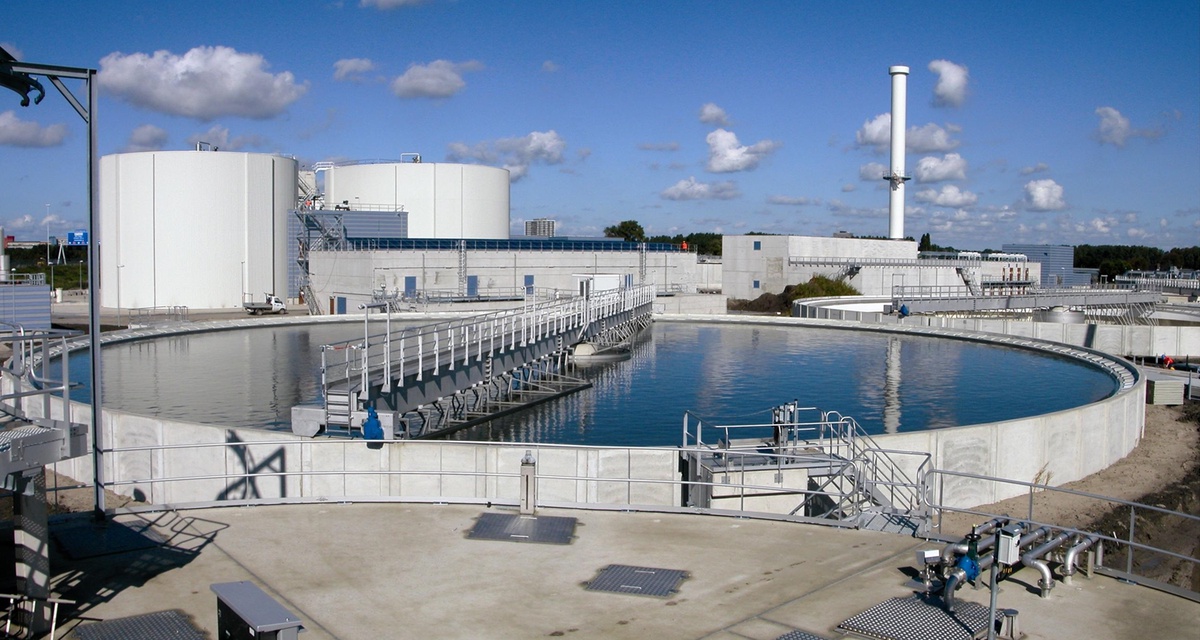An Effluent Treatment Plant (ETP) is crucial for treating and managing industrial wastewater and ensuring that it meets environmental standards before discharge. An effective ETP consists of various components that work together to treat and purify wastewater.
Here are the five key components of an effective Effluent Treatment Plant:
Screening and Preliminary Treatment:
- Bar Screens or Gratings: These components remove large solid materials and debris from the wastewater to prevent damage to downstream equipment and clogging of pipes.
- Grit Removal System: This component is used to remove grit, sand, and other heavy particles that can cause abrasion and damage to equipment.
Primary Treatment:
- Primary Settling Tanks: In this stage, the wastewater is allowed to settle, allowing suspended solids to settle at the bottom as sludge, and grease and oils to float at the top as scum. This reduces the overall pollutant load in the wastewater.
Secondary Treatment:
- Biological Treatment Units: Secondary treatment is typically a biological process that uses microorganisms to break down organic pollutants in the wastewater. Common secondary treatment methods include Activated Sludge Process, Trickling Filters, and Sequencing Batch Reactors (SBRs). These systems promote the growth of beneficial bacteria that consume organic matter and nutrients.
- Aeration System: Provides oxygen to the microorganisms in the biological treatment unit, ensuring their growth and activity.
- Clarifiers: After the secondary treatment process, the wastewater undergoes further settling in clarifiers to separate the biological sludge from the treated water.
Tertiary Treatment (Optional):
- Tertiary Filtration: Tertiary treatment is employed when further purification of the effluent is required. Tertiary filtration can include processes such as sand filtration or membrane filtration to remove fine particles and remaining impurities from the water.
Disinfection and Post-Treatment:
- Chlorination or Ultraviolet (UV) Disinfection: To eliminate harmful pathogens and bacteria in the treated water before discharge, disinfection processes such as chlorination or UV treatment are used.
- Chemical Treatment: Sometimes, chemical additives are introduced to adjust pH, remove residual pollutants, or ensure compliance with local regulations.
- Effluent Monitoring and Control: Continuous monitoring systems are used to assess the quality of the treated effluent to ensure it meets regulatory standards. This may include pH sensors, turbidity meters, and other analytical instruments.
- Sludge Handling and Disposal: The sludge generated during the treatment process may require further dewatering, drying, or disposal in accordance with environmental regulations.
In addition to these key components, an effective ETP Plant also includes instrumentation and control systems, pumps, pipes, and tanks, as well as proper maintenance and management practices to ensure the plant's efficient operation.
It's important to design and operate an ETP in accordance with local environmental regulations and the specific requirements of the industry it serves. Proper maintenance, regular inspections, and staff training are essential for the long-term effectiveness of the plant in treating industrial wastewater and protecting the environment.
In conclusion: Trends Share, Effluent Treatment Plant(ETP) Market is poised for substantial expansion as businesses across various sectors recognize its importance.


No comments yet